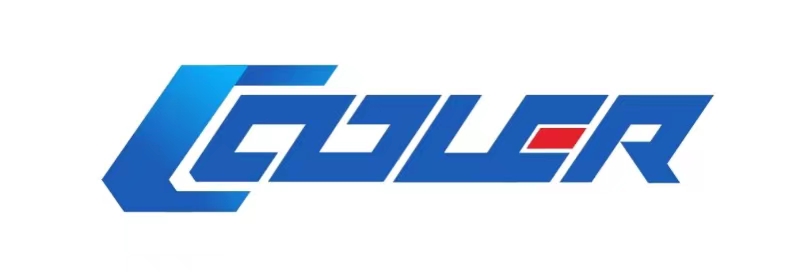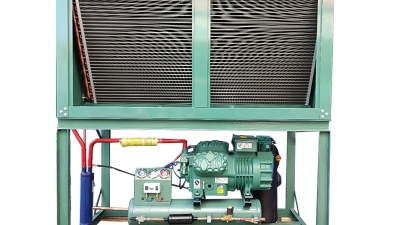7 Essential Tips for Maximizing Efficiency with Cooled Condensing Systems
Table of Contents
- Maximizing Energy Savings: The Impact of Cooled Condensing Systems on Operational Costs
- Understanding the Efficiency Ratings: Key Metrics for Cooled Condensing Performance
- Optimizing Water Consumption: Best Practices for Cooled Condensing System Usage
- Integrating Smart Technology: Enhancing Control and Monitoring of Cooled Condensing Systems
- Regular Maintenance Strategies: How Preventive Care Improves System Efficiency
- Comparing Cooled Condensing Systems: Industry Standards and Benchmark Data for Best Practices
- Optimizing Your Cooling Solutions: Why the V Open Type Air-Cooled Condensing Unit is the Best Choice for Efficiency and Performance
- FAQS
- Conclusion
- Related Posts
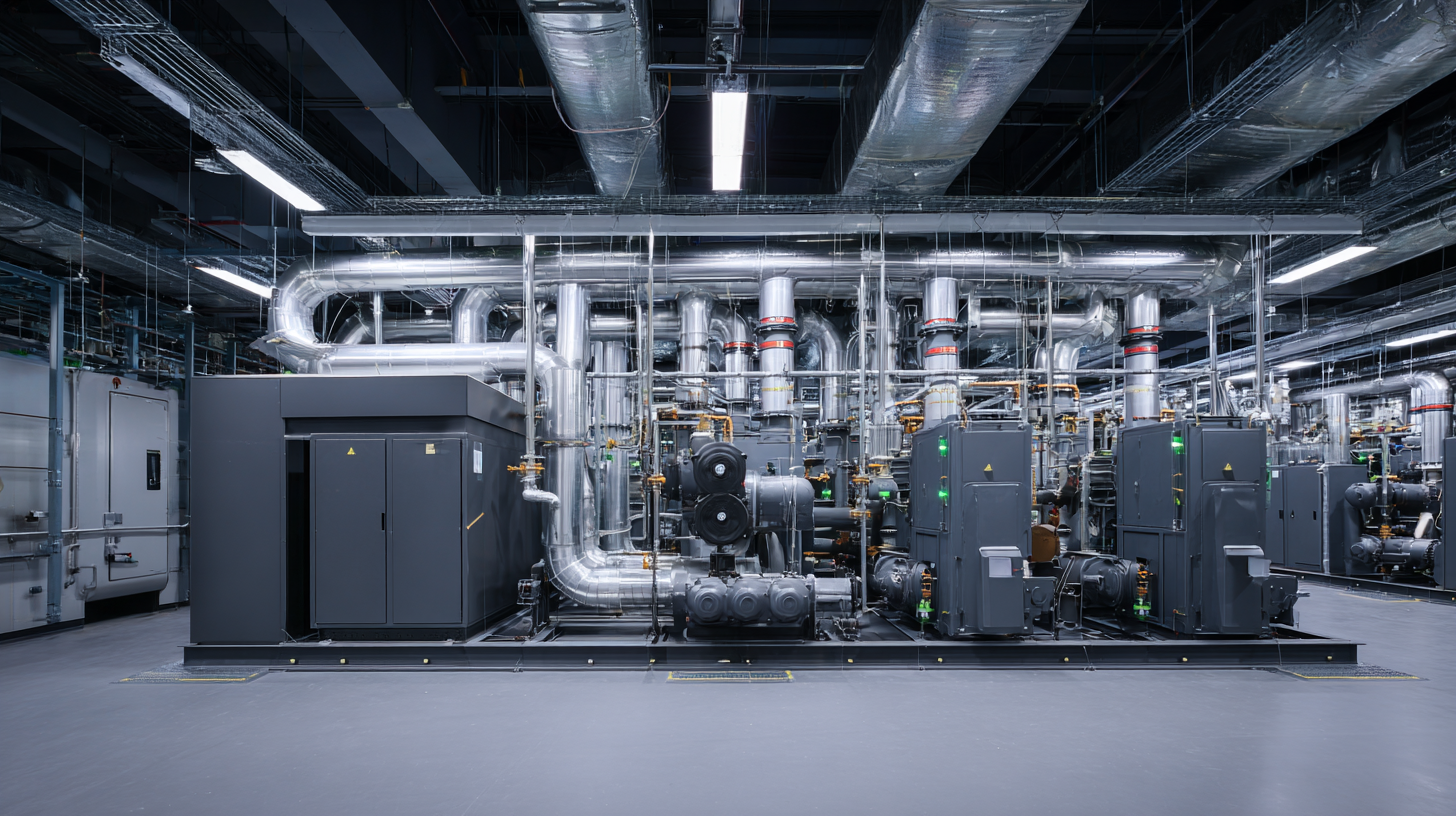 Hey there! You know, in today's super competitive world, squeezing out maximum efficiency from cooling systems is more important than ever, especially for industries that rely heavily on refrigeration. Lately, cooled condensing systems have really come into the spotlight—they’re a game-changer when it comes to cutting down energy bills without sacrificing the right temperatures. Just so you know, recent industry reports are saying the refrigeration market’s expected to grow around 4.5% each year, which just highlights how crucial it is to have advanced systems that not only save some cash but also stay eco-friendly.
Hey there! You know, in today's super competitive world, squeezing out maximum efficiency from cooling systems is more important than ever, especially for industries that rely heavily on refrigeration. Lately, cooled condensing systems have really come into the spotlight—they’re a game-changer when it comes to cutting down energy bills without sacrificing the right temperatures. Just so you know, recent industry reports are saying the refrigeration market’s expected to grow around 4.5% each year, which just highlights how crucial it is to have advanced systems that not only save some cash but also stay eco-friendly.
Here at Guangxi Cooler Refrigeration Equipment Co., Ltd., we’re all about offering a one-stop shop for cold storage solutions—think expert planning, top-notch design, and quality equipment all in one place. By leveraging the latest tech and practices around cooled condensing systems, businesses can ramp up their efficiency and reliability. Honestly, it makes the whole process less stressful and more tailored to a wide range of needs across various industries. We’re here to help make sure you get a solution that really works for you, no worries about the rest!
Maximizing Energy Savings: The Impact of Cooled Condensing Systems on Operational Costs
Cooled condensing systems are pretty essential when it comes to boosting energy efficiency in a bunch of industrial setups. Basically, by using smarter cooling methods, these systems can get refrigerants cooler, which helps them work better overall. And honestly, that means they run more smoothly, while also cutting down on the energy they use. The best part? This translates into lower operational costs, so companies can actually save money—money that can be put toward other important priorities.
Plus, installing these cooled condensing systems often means your equipment lasts longer. Since they keep things running at the right temperatures, machines don’t get as stressed out or wear down as quickly. That brings down maintenance costs too. And with everyone under pressure to cut down their environmental impact these days, jumping on board with these systems is like hitting two birds with one stone—you save cash and stay eco-friendly at the same time. In a world where every dollar counts, investing in this kind of tech isn’t just smart—it can really pay off in the long run.
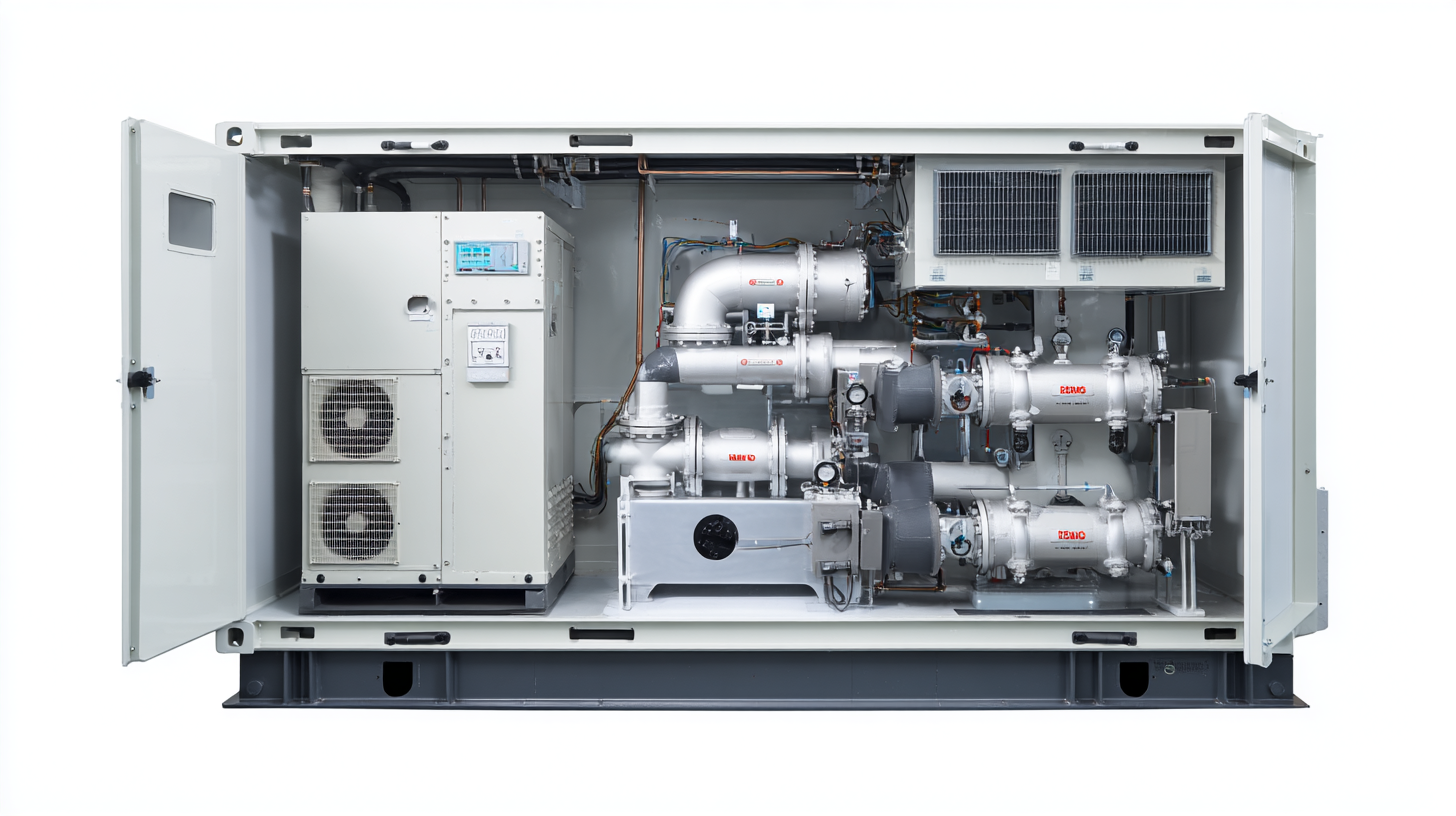
Understanding the Efficiency Ratings: Key Metrics for Cooled Condensing Performance
When you're trying to get the most out of cooled condensing systems, understanding those efficiency ratings really makes a difference. They tell you how well your system is actually performing and can have a big impact on your operating costs — not to mention your environmental footprint. You know, things like the coefficient of performance (COP) and energy efficiency ratio (EER) are basically benchmarks that help you see how efficiently your system turns energy into cooling. The higher the COP, the better — it means you get more cooling for less energy, saving you cash on bills and helping cut down your carbon footprint.
But it’s not just about COP and EER; there are other handy metrics too, like the seasonal energy efficiency ratio (SEER) and total heat rejection (THR). SEER gives you a full picture of how the system performs throughout the whole cooling season, taking into account different temperatures and humidity levels. Meanwhile, THR is all about the heat that needs to be dumped during operation, which can actually impact how efficient the system really is. Basically, by focusing on systems that score high in these ratings and understanding what these numbers mean, facility managers can make smarter choices. Not only do these choices improve operational efficiency, but they also support more sustainable practices over time.
Optimizing Water Consumption: Best Practices for Cooled Condensing System Usage
If you're looking to get the most out of cooled condensing systems, focusing on water conservation is a game-changer. Not only can proper management lead to pretty noticeable savings, but it also helps boost the system’s performance. A good start is to keep an eye on water flow rates and tweak them as needed—this way, your system runs smoothly without wasting water. It’s all about finding that sweet spot: enough cooling to do the job, but not more than you need.
And here’s a cool tip—using modern tech like automated control systems can really make this easier. These smart systems can read real-time data andAdjust water flow on the spot, ensuring you're only using what’s actually necessary. Of course, don’t forget routine upkeep—cleaning and inspecting cooling towers and condensers can prevent leaks and inefficiencies that lead to water waste. Honestly, by sticking to these simple practices, not only will you be using resources smarter, but you’ll also be helping your cooling systems work more effectively overall. It’s all about making small changes that add up big time.
Water Consumption Optimization in Cooled Condensing Systems
This chart illustrates the optimized water consumption for cooled condensing systems across different operational practices.
Integrating Smart Technology: Enhancing Control and Monitoring of Cooled Condensing Systems
You know, integrating smart tech into cooled condensing systems is really changing the game when it comes to how we manage cooling and save energy. With all these fancy sensors and auto-control setups, operators can actually keep an eye on performance in real time—making sure everything’s running smoothly. These systems not only give instant feedback but also use predictive analytics, which means maintenance can be planned ahead of time. That cuts down on downtime and helps save on operational costs, which is a pretty big deal.
Plus, the beauty of smart tech is that you can monitor and control everything remotely. So, technicians don’t have to be right there on-site—they can manage systems from pretty much anywhere. That makes it super easy to tweak cooling loads based on changing environmental conditions, keeping things running efficiently and comfortable. And with IoT devices collecting tons of data, companies can spot patterns and make smarter decisions to keep systems running longer and better. Honestly, these days, smart tech isn’t just a cool upgrade—it’s kinda essential for any business that wants to stay competitive in a world that’s more energy-conscious than ever.
Regular Maintenance Strategies: How Preventive Care Improves System Efficiency
Keeping up with regular maintenance is super important if you really want your cooled condensing systems to run smoothly and efficiently. The U.S. Department of Energy mentions that just by doing routine checks and cleaning, you can actually boost performance by up to 30% — which obviously means saving a good chunk of money on energy costs. Things like inspecting and cleaning condensers, evaporators, and filters might seem like small tasks, but they’re crucial for keeping things running at their best, especially for good heat exchange. Ignore these chores, and dirt and grime can build up, making the system work harder — and that means higher energy bills, plus more wear and tear.
Oh, and here’s a little tip: sticking to a solid maintenance schedule can seriously extend your equipment’s lifespan. According to the Air Conditioning, Heating, and Refrigeration Institute, systems that are taken care of proactively can last anywhere between 10 to 15 years longer than those that are neglected. Sometimes it’s just the basics, like checking refrigerant levels, calibrating thermostats, or looking out for leaks. These simple steps don’t just make your system more efficient—they also keep everything operating safely and within the right limits. Spending a bit of time on these routines isn’t just good for the system; it’s smart financially too. In the end, staying on top of maintenance helps protect your investment and keeps energy use as low as possible.
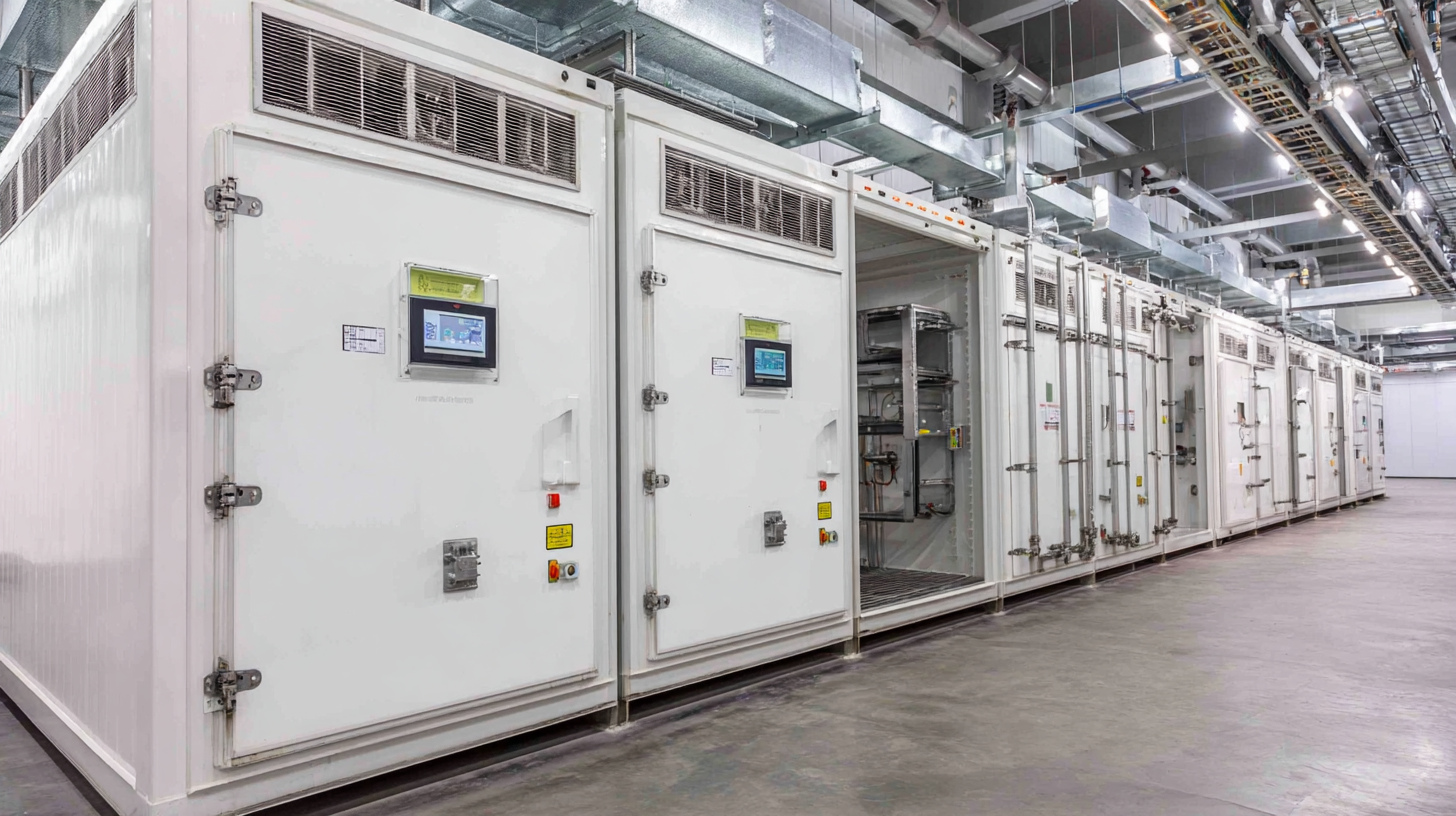
Comparing Cooled Condensing Systems: Industry Standards and Benchmark Data for Best Practices
When you're working on optimizing cooled condensing systems, getting a good grasp on industry standards and benchmark data is pretty much essential. Comparing different systems can really help you spot best practices that boost both performance and energy efficiency. It’s like having a roadmap—you can see what works well and where there’s room for improvement.
A key tip I’d share is to keep a close eye on performance metrics on a regular basis. This way, you can stay updated on how your system stacks up against industry benchmarks and catch any issues early before they turn into bigger problems. Investing in some smart control systems can be a game-changer here, giving you real-time data so you can make quick adjustments and keep things running smoothly.
And don’t forget about routine maintenance and system audits. These might seem like small things, but they really make a difference—they help extend the lifespan of your equipment and make sure it’s operating at its absolute best. Regular check-ups can catch inefficiencies before they become costly issues, bringing your system’s performance closer to those industry benchmarks. By adding these practices to your routine, you'll see some serious improvements in your cooling systems' efficiency—and honestly, it feels pretty great too.
7 Essential Tips for Maximizing Efficiency with Cooled Condensing Systems
| Tip | Description | Expected Efficiency Gain (%) | Implementation Difficulty (1-5) | Cost Implication ($) |
|---|---|---|---|---|
| Regular Maintenance | Schedule and perform regular maintenance checks to ensure optimal performance. | 15 | 2 | 200 |
| Optimize Fan Speed | Adjust fan speed to match operational demands and reduce energy consumption. | 10 | 3 | 150 |
| Proper Refrigerant Charge | Ensure that the systems are properly charged with refrigerant for efficient cooling. | 20 | 2 | 100 |
| Heat Exchanger Efficiency | Invest in high-efficiency heat exchangers for better performance. | 25 | 4 | 500 |
| Control System Optimization | Utilize advanced control systems for real-time monitoring and adjustments. | 15 | 5 | 400 |
| Insulation Improvements | Enhance insulation to minimize thermal losses. | 18 | 3 | 300 |
| Load Management | Implement load management strategies to balance demands effectively. | 12 | 4 | 250 |
Optimizing Your Cooling Solutions: Why the V Open Type Air-Cooled Condensing Unit is the Best Choice for Efficiency and Performance
In optimizing cooling solutions, selecting the right air-cooled condenser is crucial for achieving peak efficiency and performance. Among the various options available, the V Open Type Air-Cooled Condensing Unit stands out as a superior choice due to its innovative design and enhanced capabilities. According to industry reports, air-cooled condensers are essential for efficient heat rejection in cooling systems, especially in commercial and industrial applications where operational costs significantly impact profitability.
Our company, Foung, offers an extensive range of air-cooled condensers including FNH, FNV, FNVB, GP, and side-blowing types. The FNH and FNVB variants, known for their robust construction and efficiency, deliver optimal performance even under high load conditions. These units not only provide reliable cooling but also contribute to energy savings, with reports indicating that implementing high-efficiency air-cooled condenser solutions can reduce energy consumption by up to 20%.
Moreover, the versatility of the GP type allows for seamless integration into various systems, adapting effortlessly to specific cooling demands. By investing in advanced air-cooled condensers like the V Open Type, businesses can enhance their cooling capacity while ensuring sustainability through lower environmental impact. With increasing regulatory standards on energy efficiency, opting for superior cooling solutions is not just a choice but a necessity for forward-thinking enterprises.
FAQS
: The key metrics include the coefficient of performance (COP), energy efficiency ratio (EER), seasonal energy efficiency ratio (SEER), and total heat of rejection (THR). These metrics help assess how effectively a system converts energy into cooling output.
A higher COP indicates better efficiency, allowing the system to produce more cooling with less energy input, which leads to lower utility bills and a reduced carbon footprint.
Regular maintenance can enhance system performance by up to 30%, significantly reducing operational costs and helping to maintain optimal heat exchange processes.
Routine maintenance tasks include regular inspections and cleaning of condensers, evaporators, and filters, checking refrigerant levels, calibrating thermostats, and inspecting for leaks.
Systems with proactive maintenance plans can last 10-15 years longer than those without, as it helps identify inefficiencies and keep the system operating within safe and efficient limits.
Understanding industry standards and benchmark data allows companies to compare systems, identify best practices, and recognize potential areas for improvement to enhance performance and efficiency.
Operators can regularly monitor and analyze performance metrics to stay informed about how their systems compare to industry standards and to identify any deviations early on.
Advanced control systems provide real-time data, allowing for timely adjustments to maintain optimal performance levels and improve energy efficiency.
Regular checks and audits can identify inefficiencies, help rectify issues, and ensure systems operate at peak efficiency, aligning performance closer to benchmark standards.
Conclusion
Cooled condensing systems are pretty vital when it comes to saving energy and cutting down operational costs across different industries. Honestly, just getting a grip on efficiency ratings, managing water use smartly, and bringing in some modern tech can make a big difference in how well these systems perform. And let’s not forget, regular check-ups and sticking to industry standards really help keep everything running smoothly at peak efficiency — meaning more savings on energy bills for sure.
Here at Guangxi Cooler Refrigeration Equipment Co., Ltd., we’re all about offering complete cold storage solutions that fit a wide range of client needs. With our deep know-how in cooled condensing tech and a focus on personalized service, we aim to make the whole process from purchase to install as seamless as possible. Our goal? Helping businesses boost their efficiency while also doing their part for sustainability.
Related Posts
-
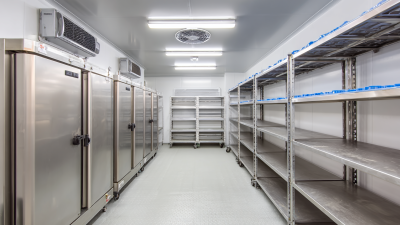
7 Essential Tips for Maximizing Efficiency in Your Freezer Cold Room
-
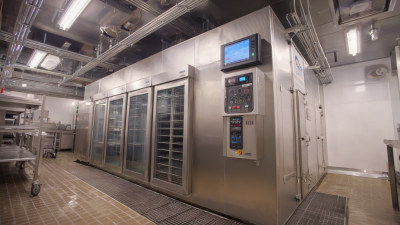
How to Choose the Right Walk In Cooler Condensing Unit for Optimal Energy Efficiency
-
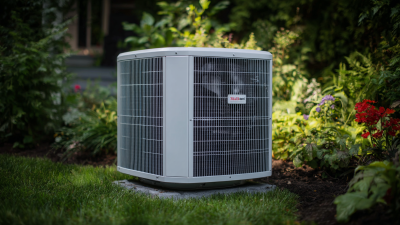
5 Best Outdoor AC Units for Maximum Cooling Performance You Can Trust
-
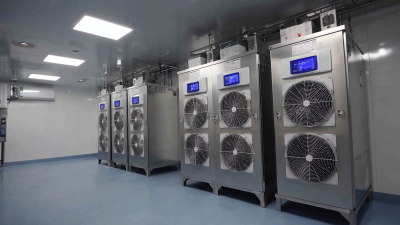
Mastering the Setup: A Comprehensive Guide to Installing Condensing Unit Cold Rooms
-
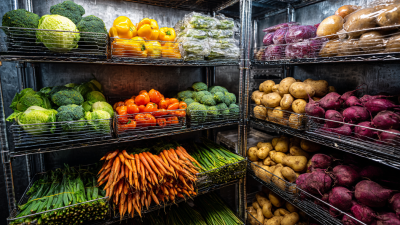
5 Essential Tips for Maximizing Efficiency in Vegetables Cold Storage
-
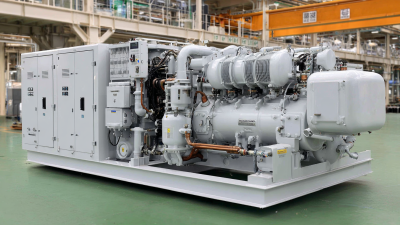
Top Strategies for Sourcing High Quality Freezer Compressors Globally
Blog Tags:

